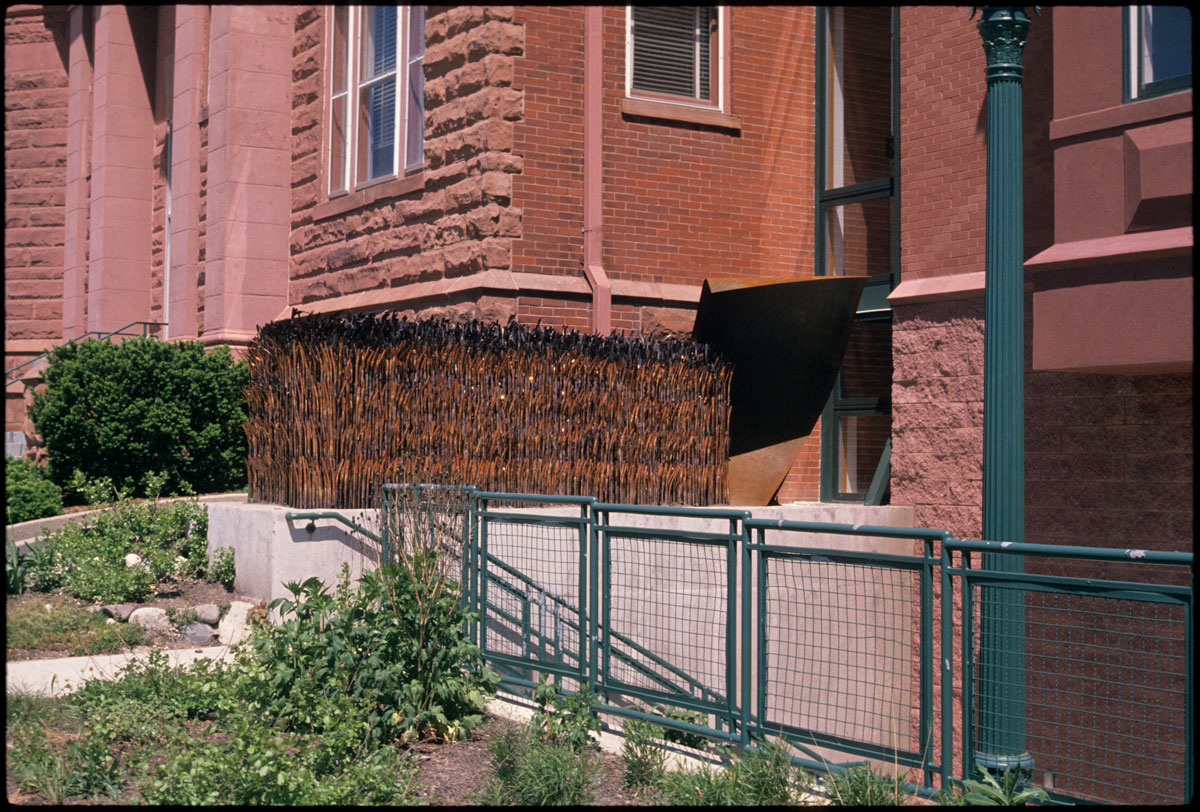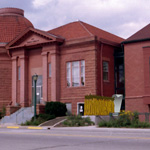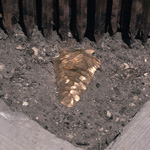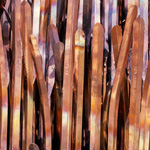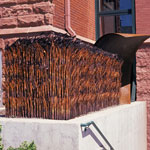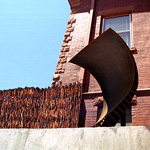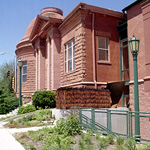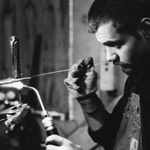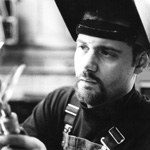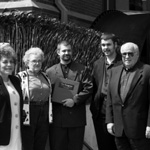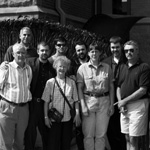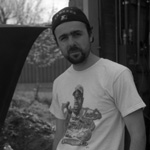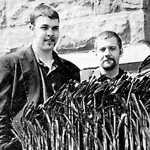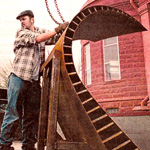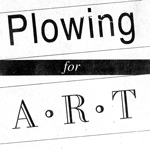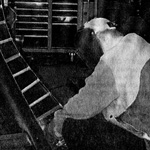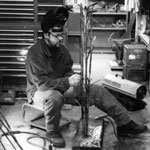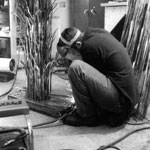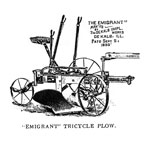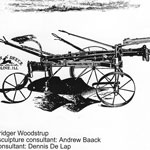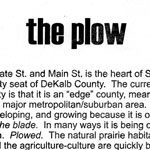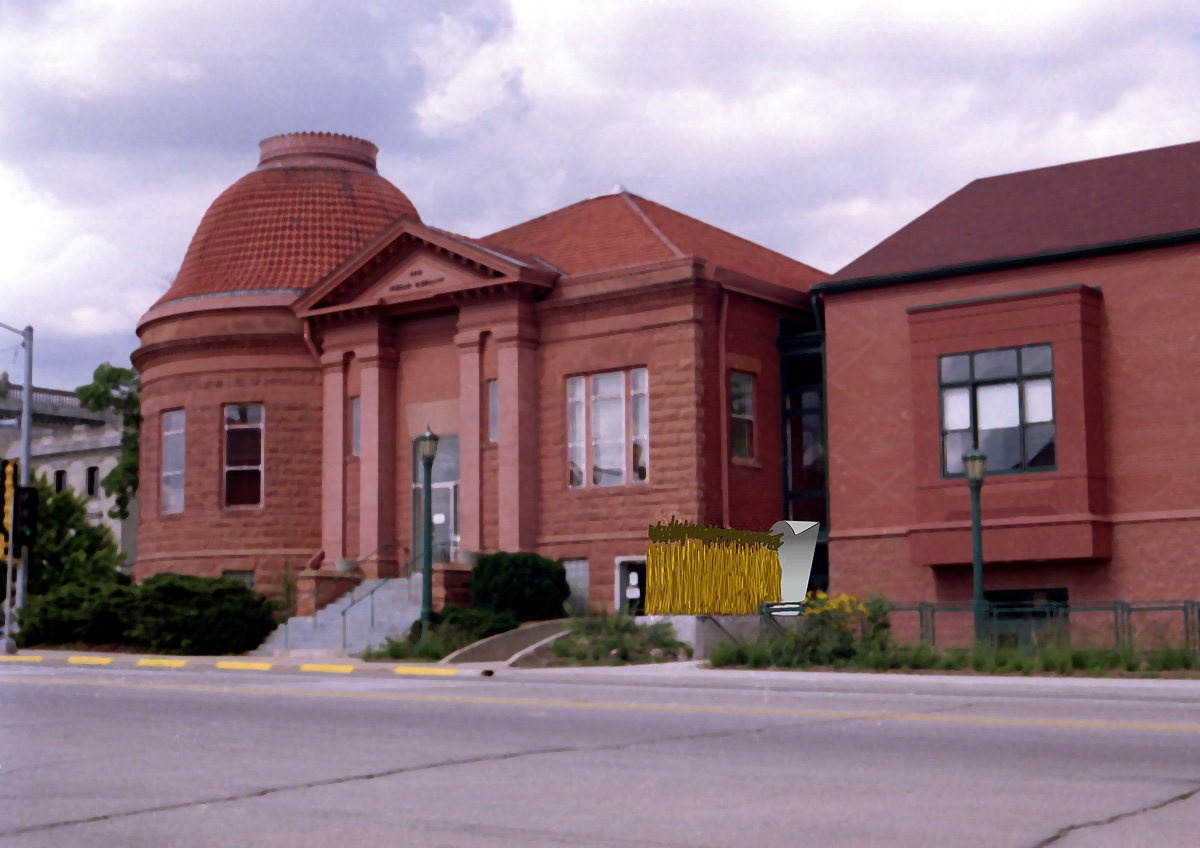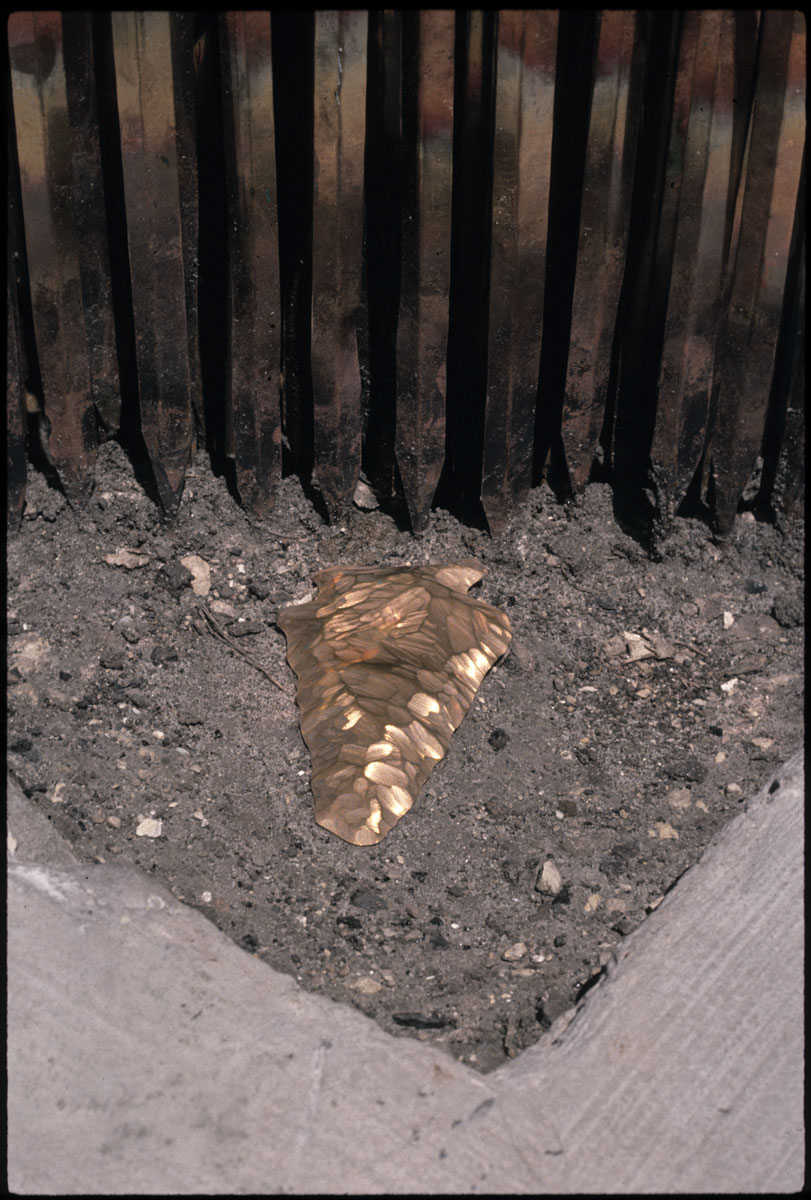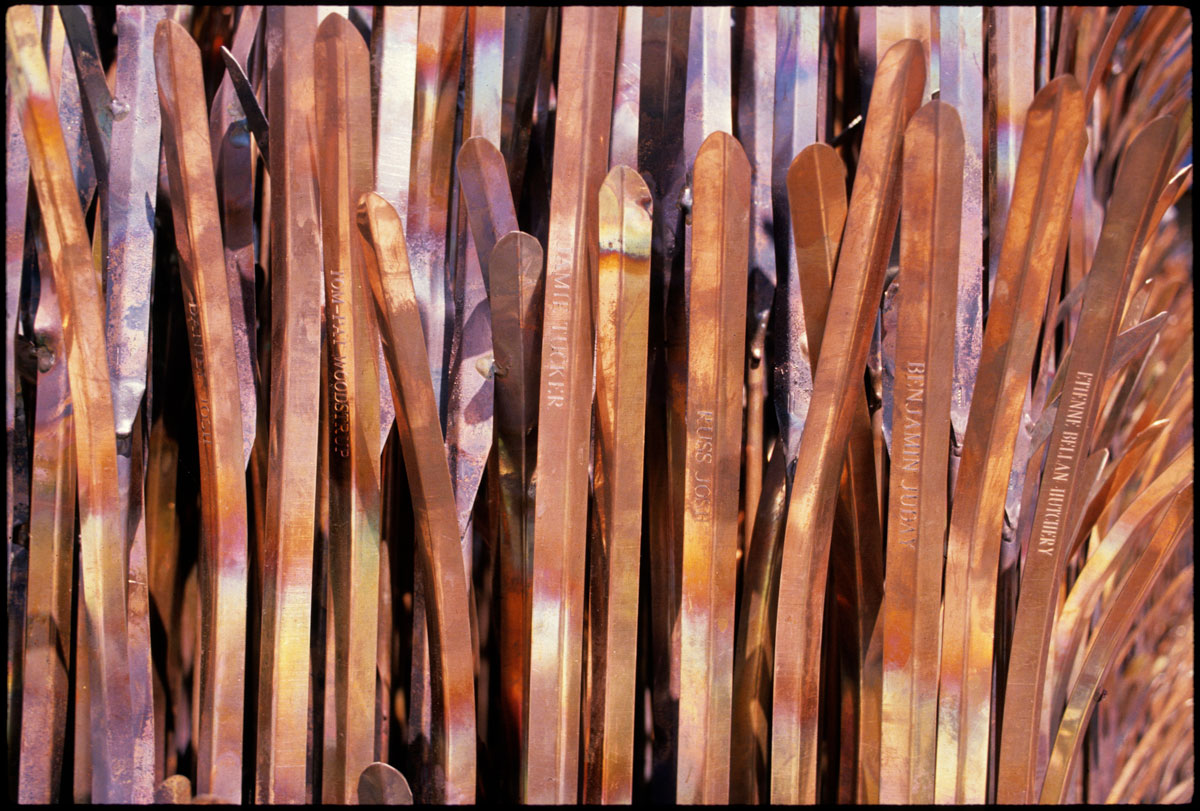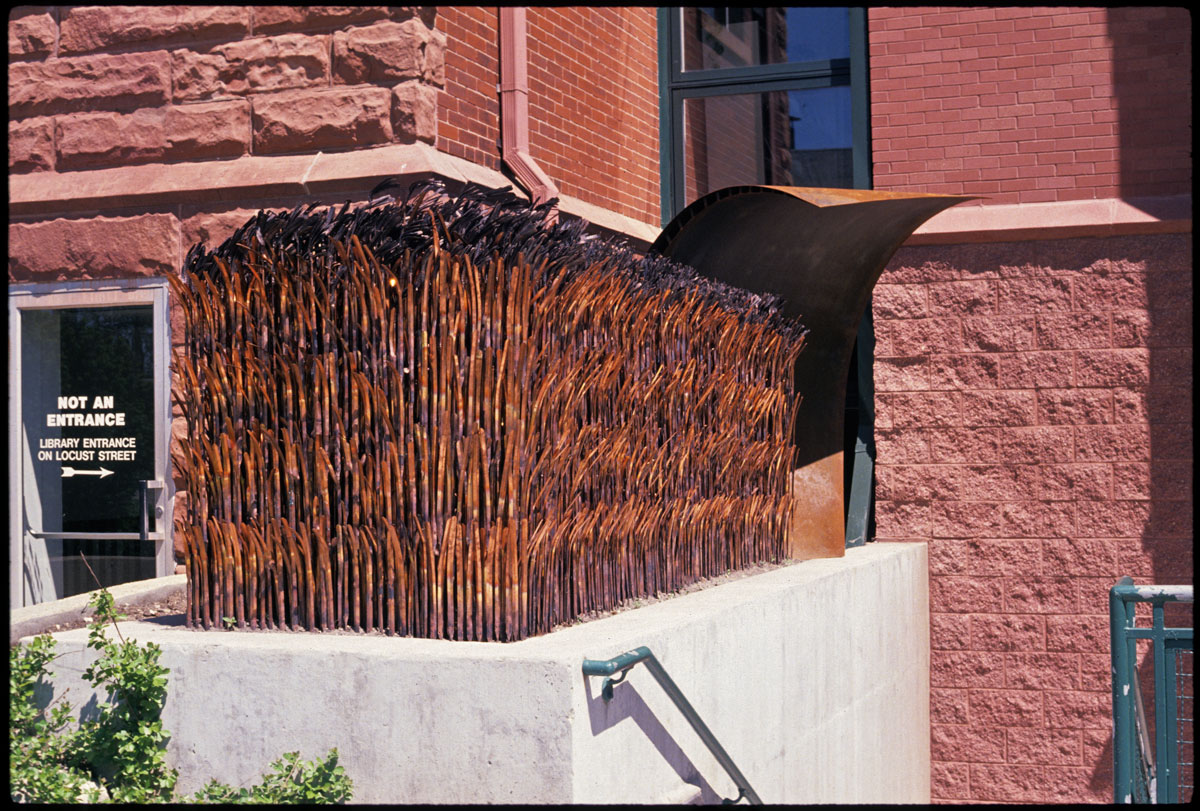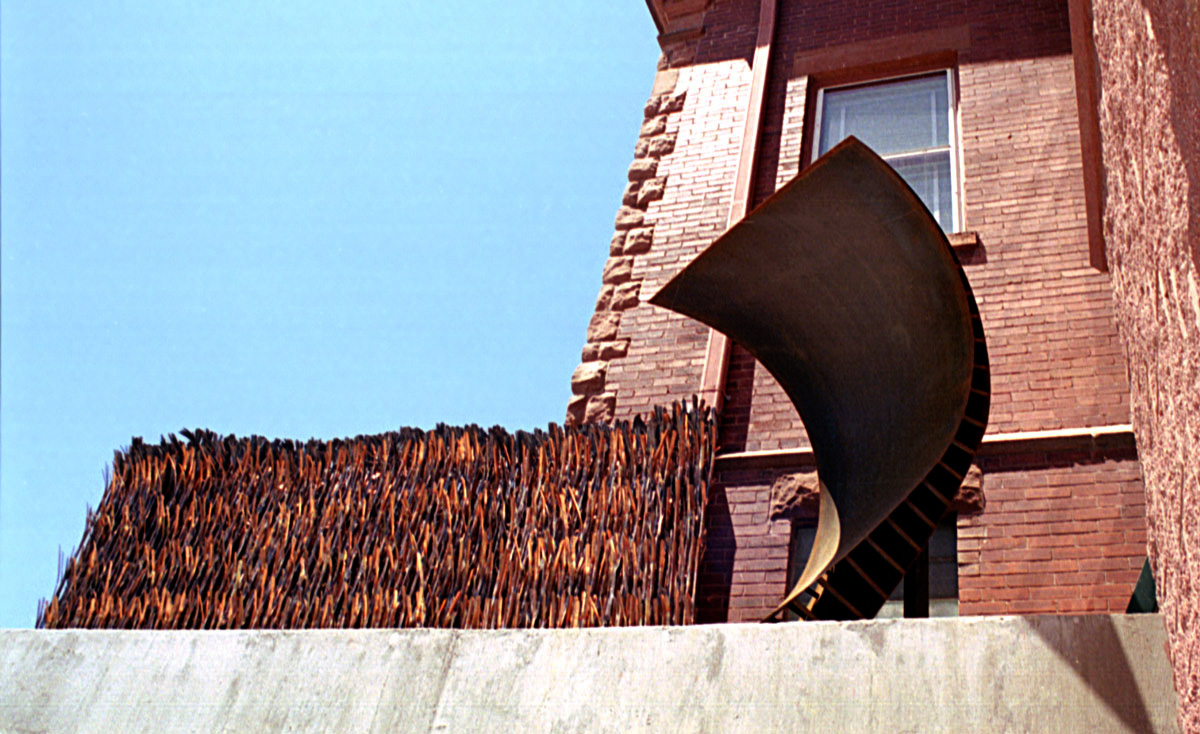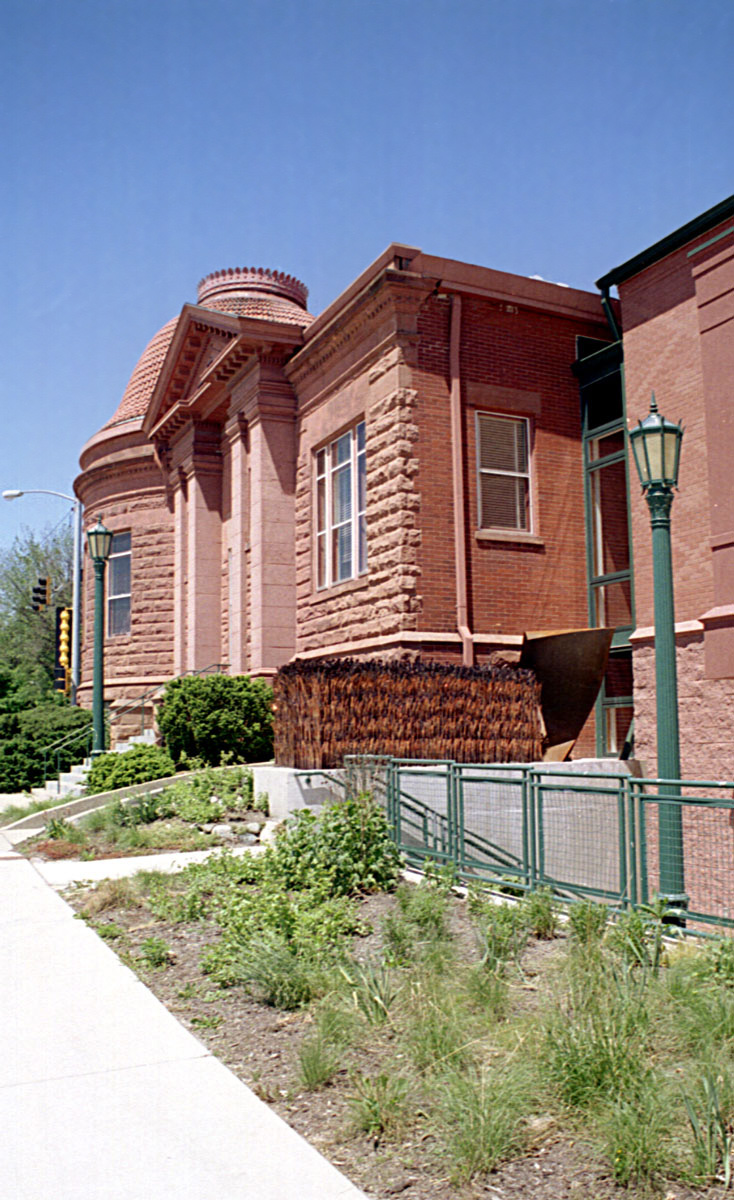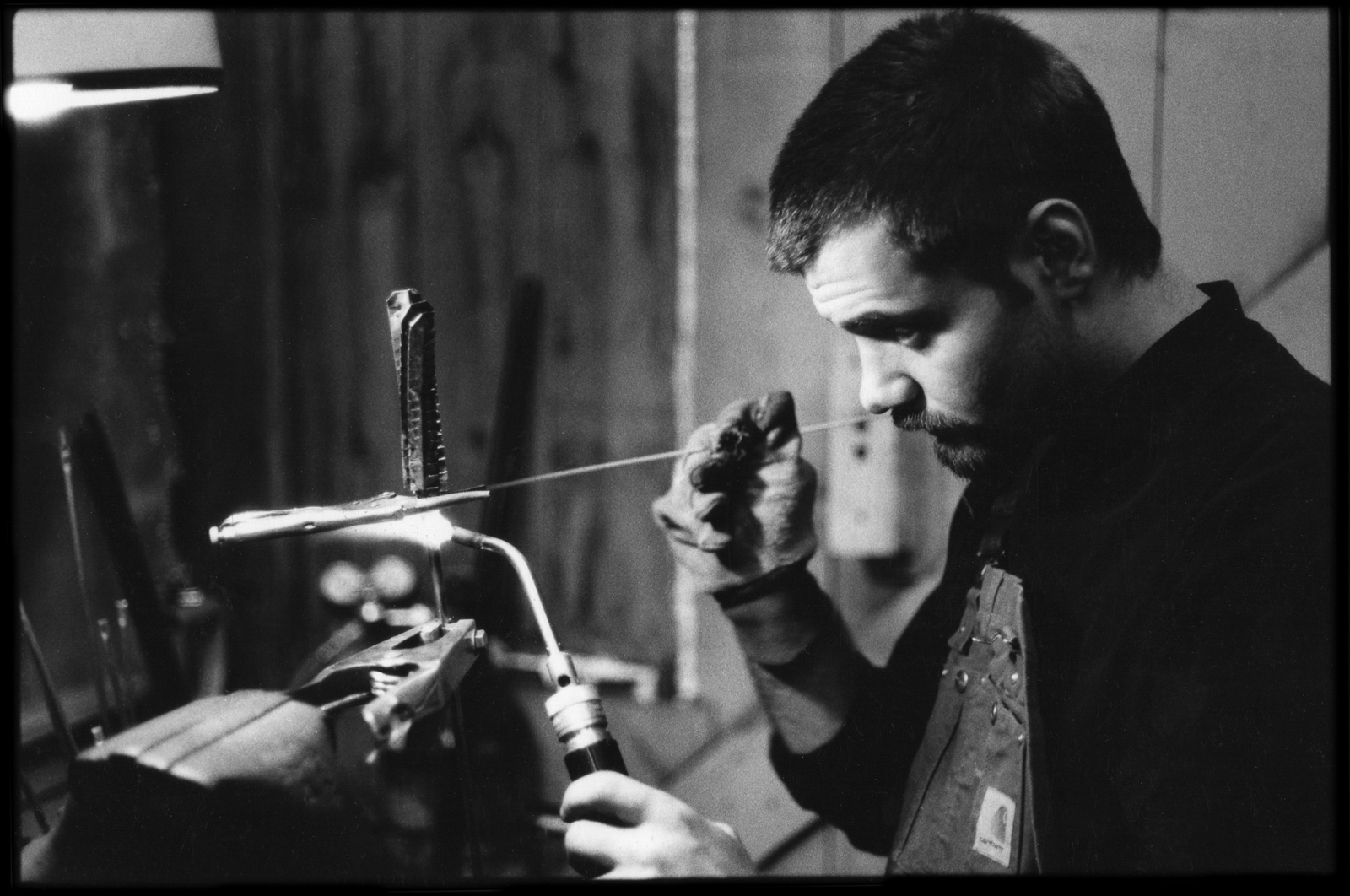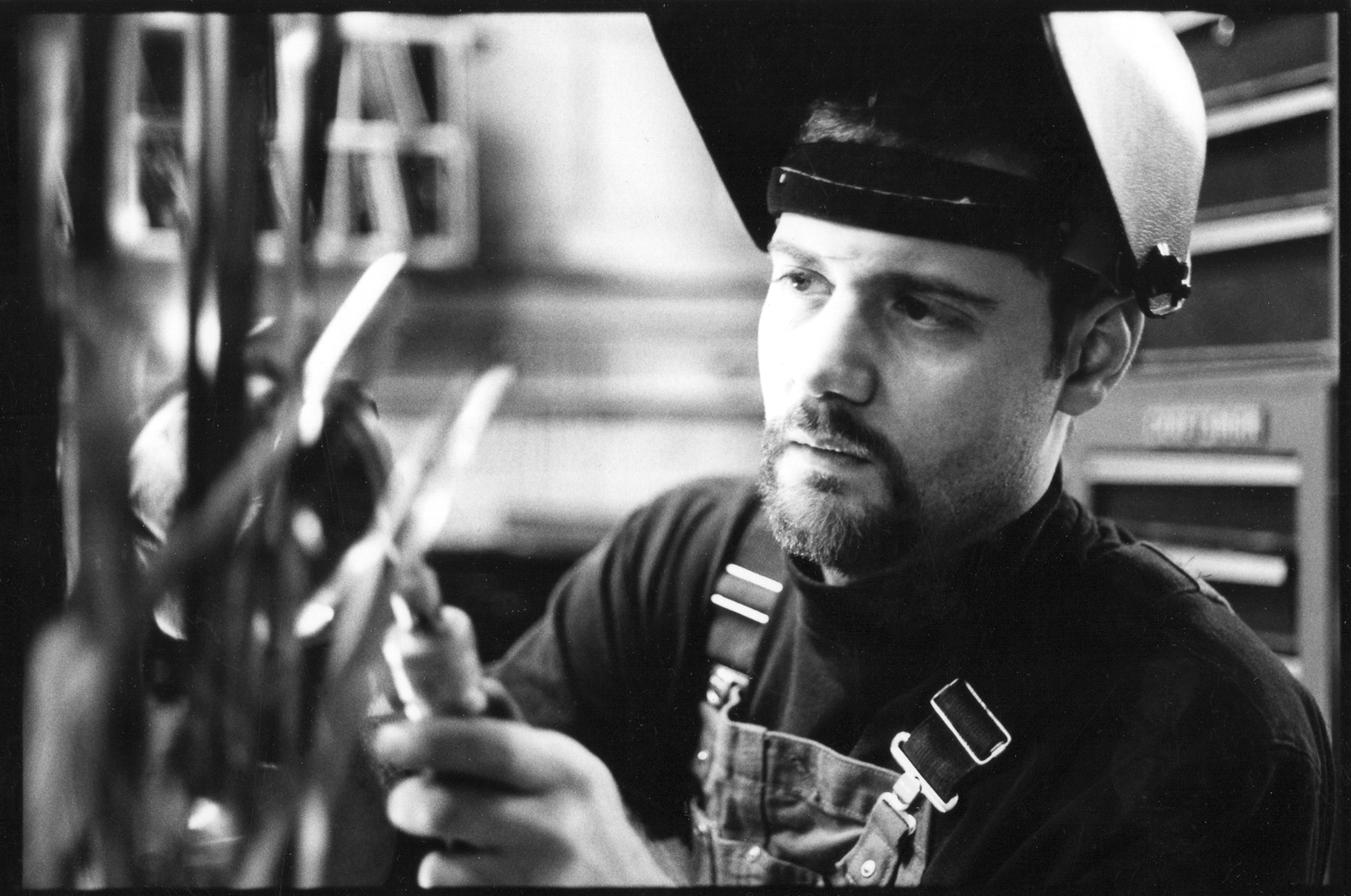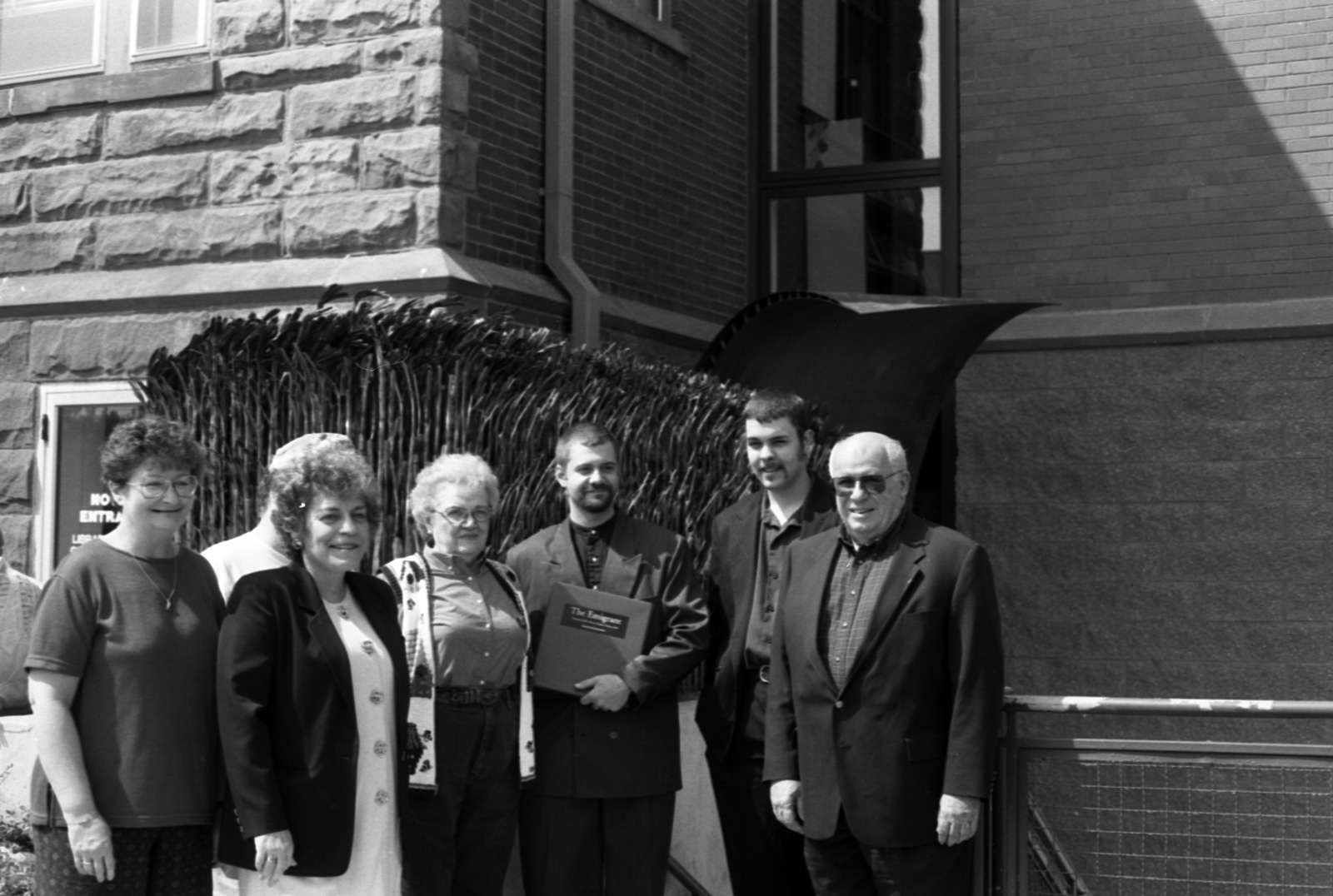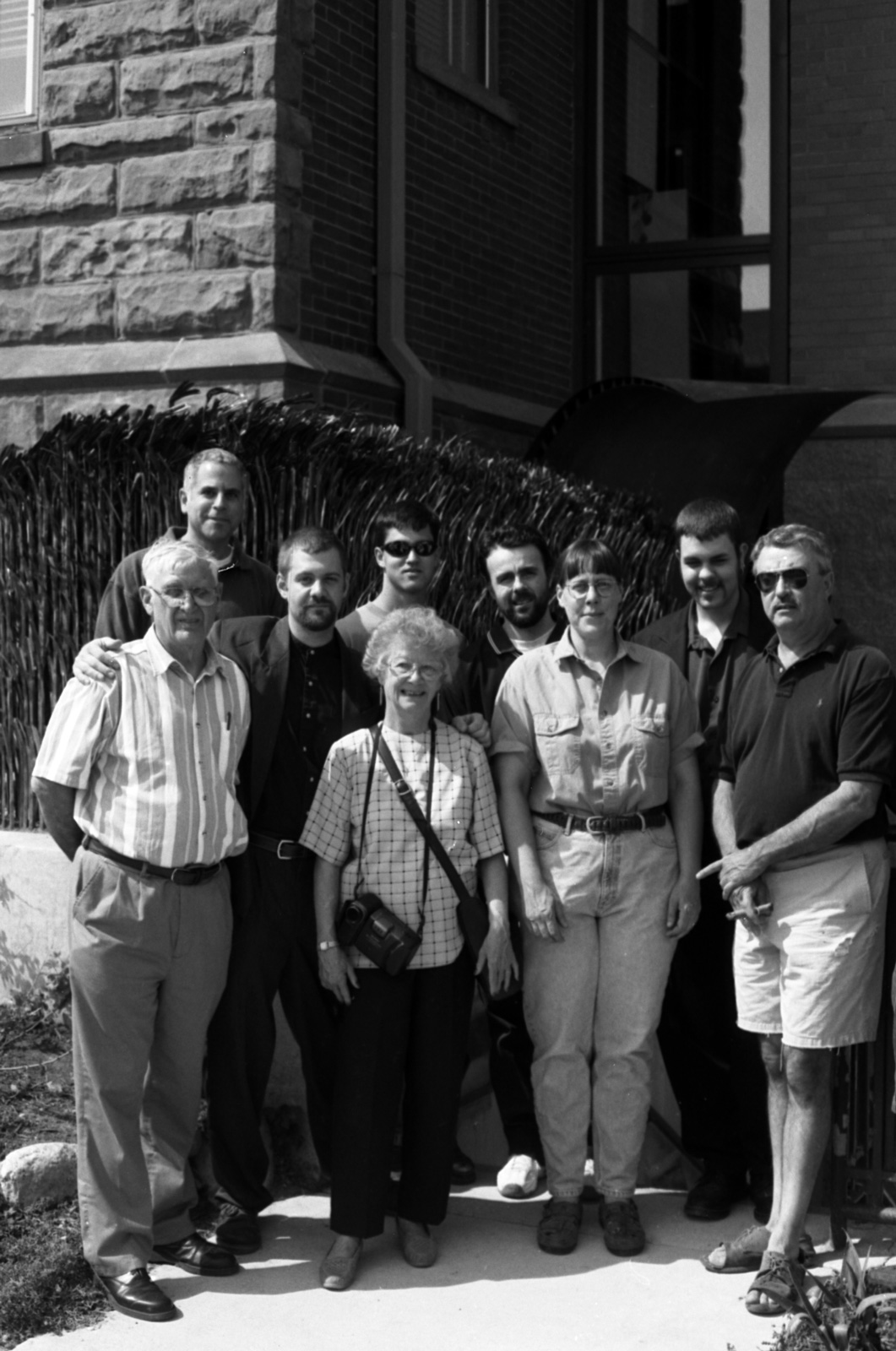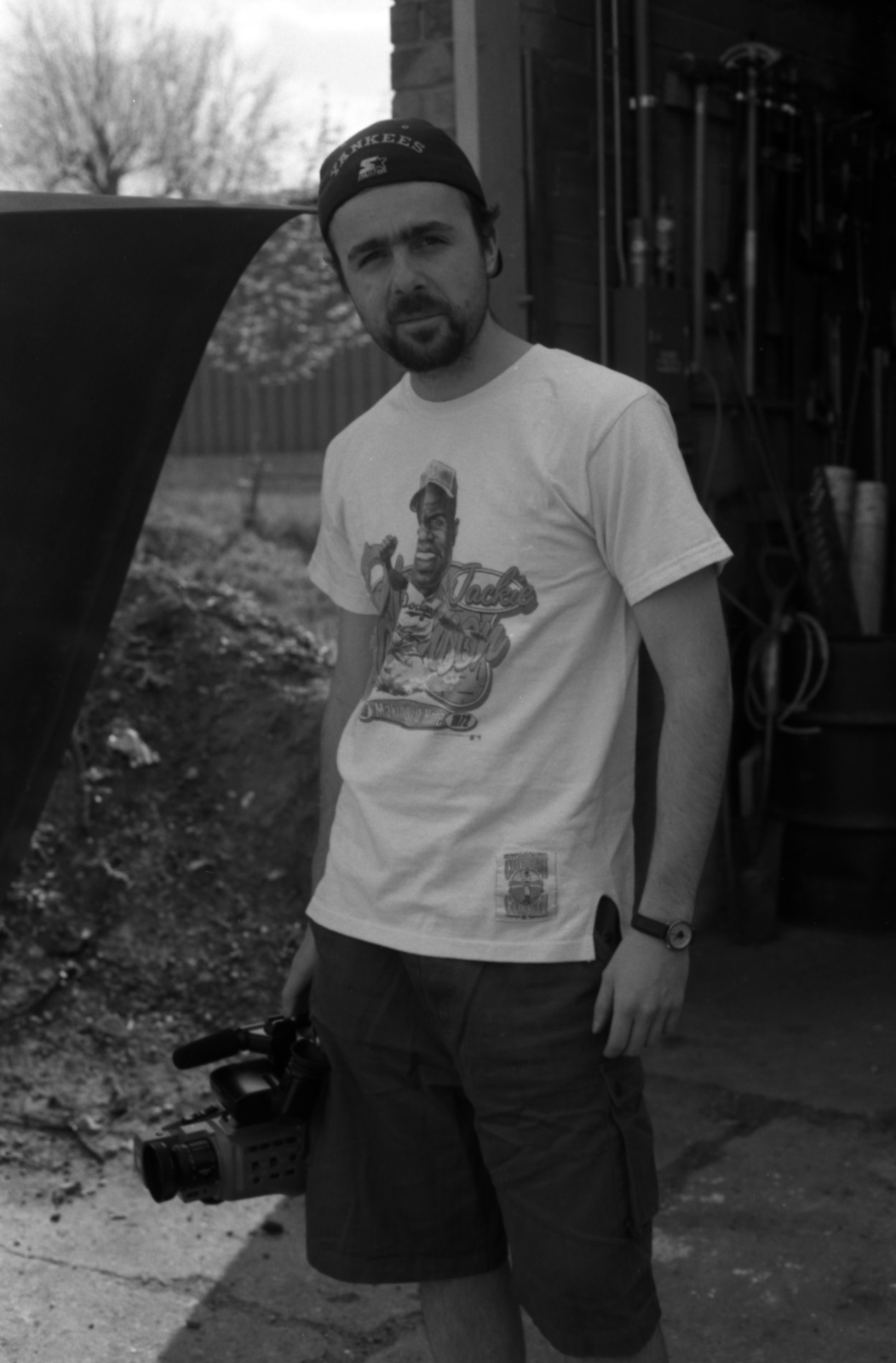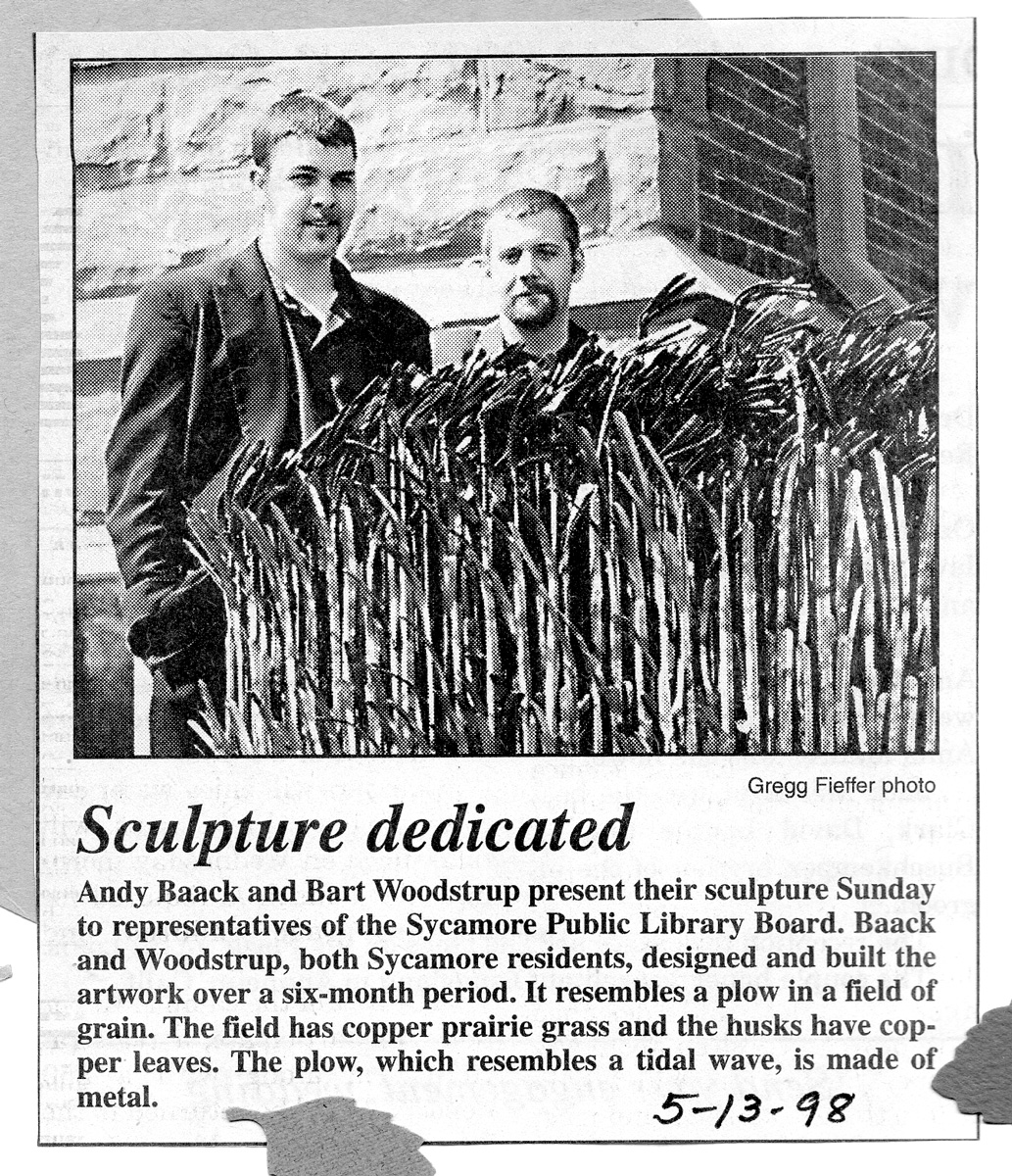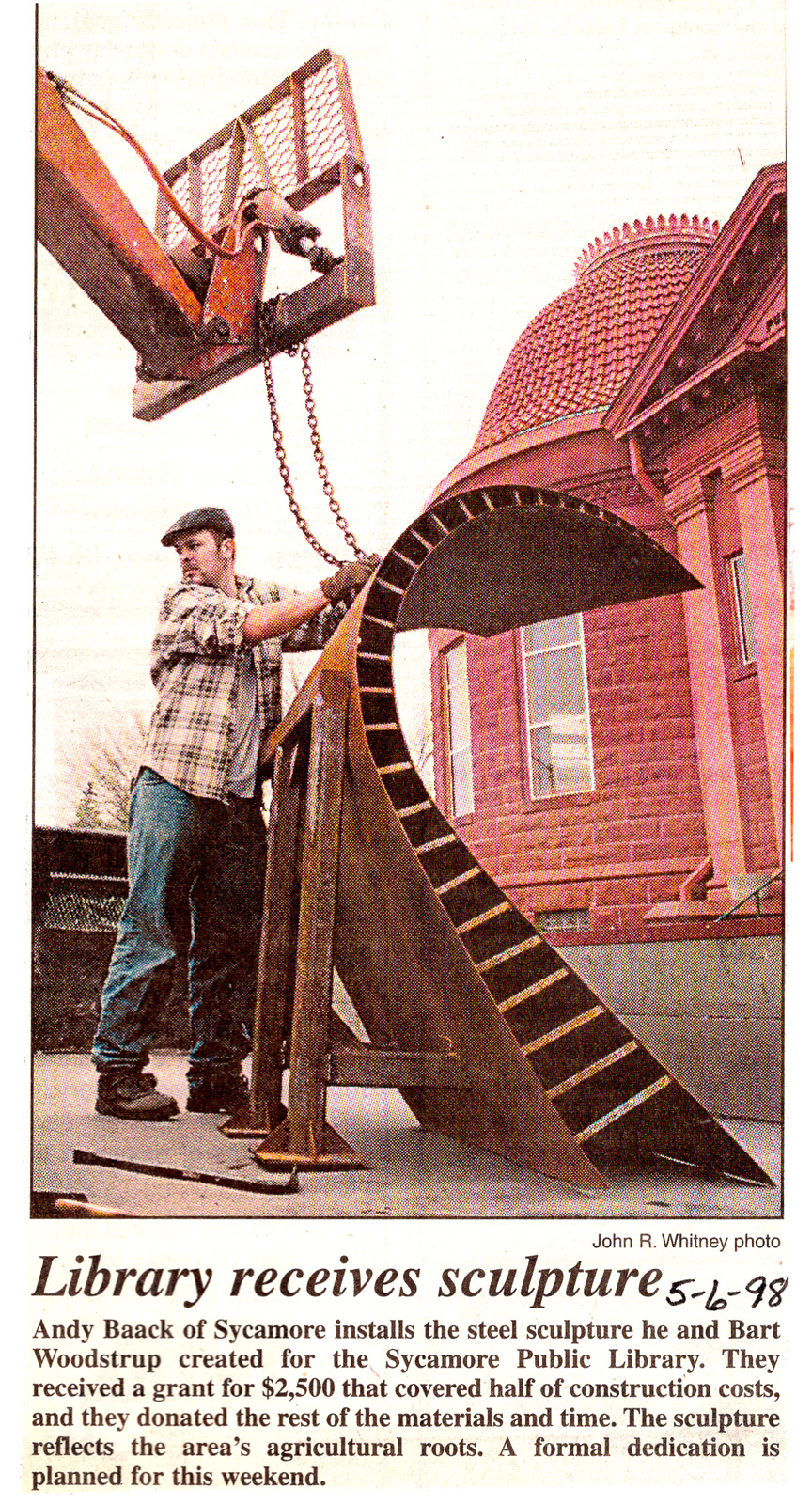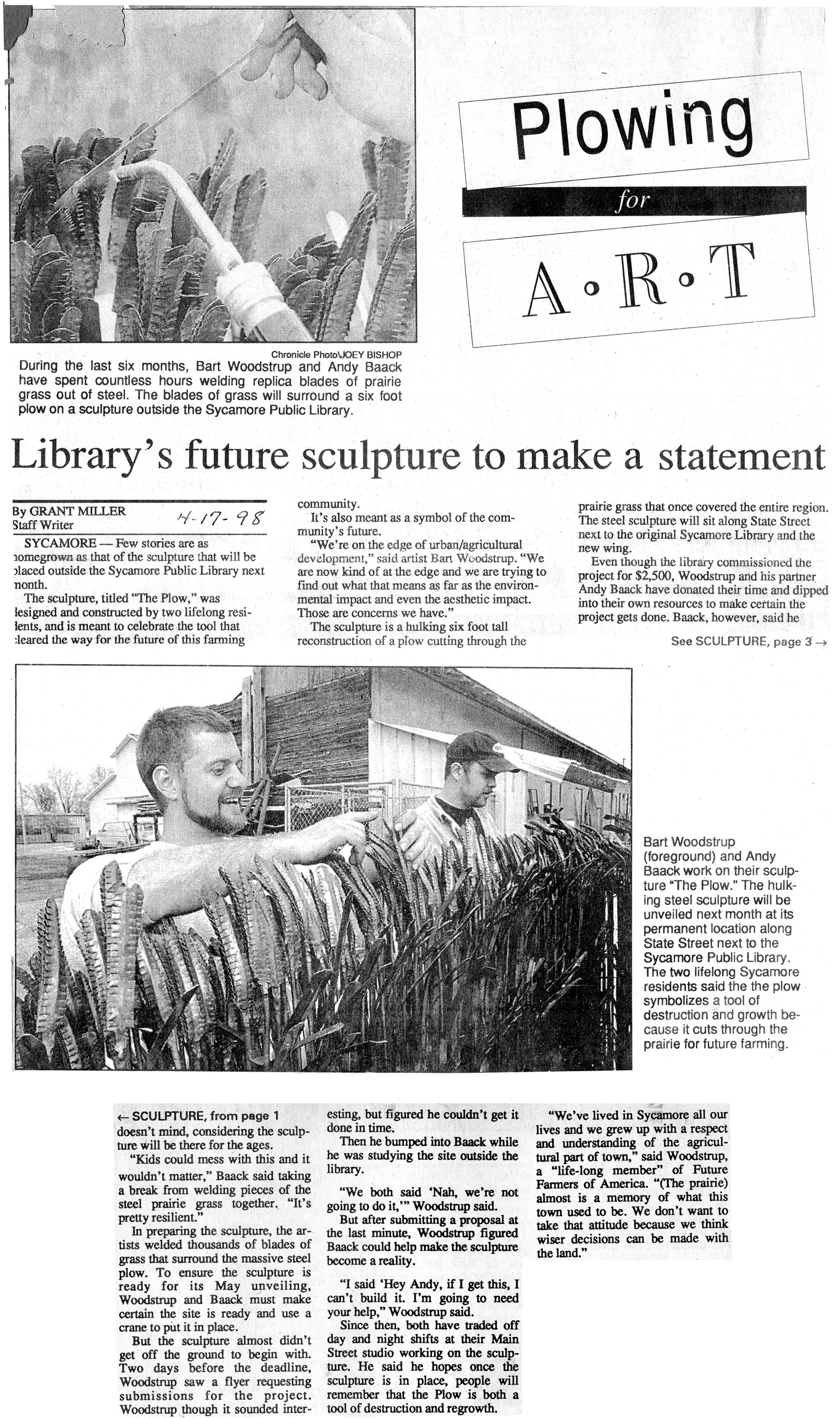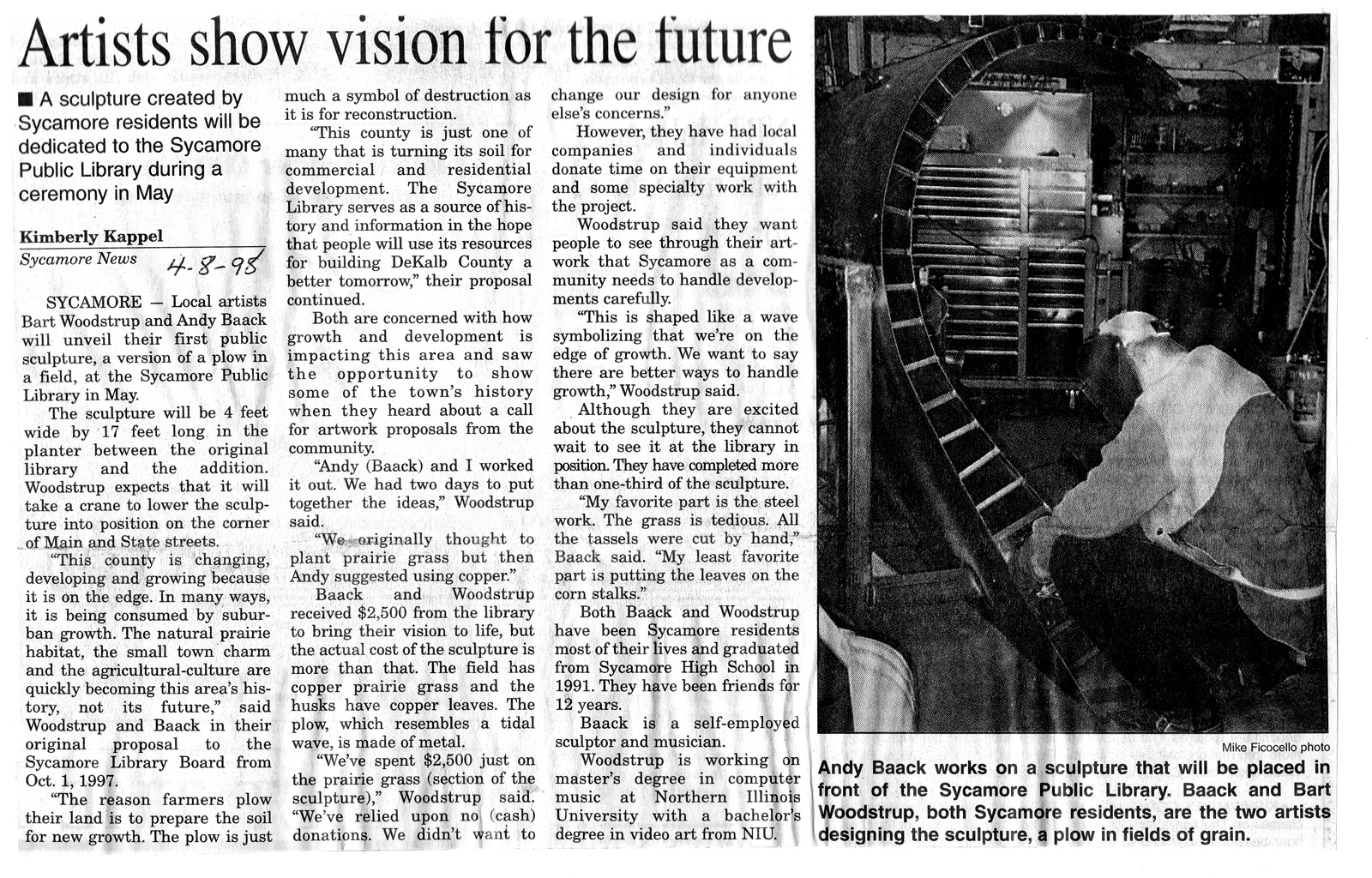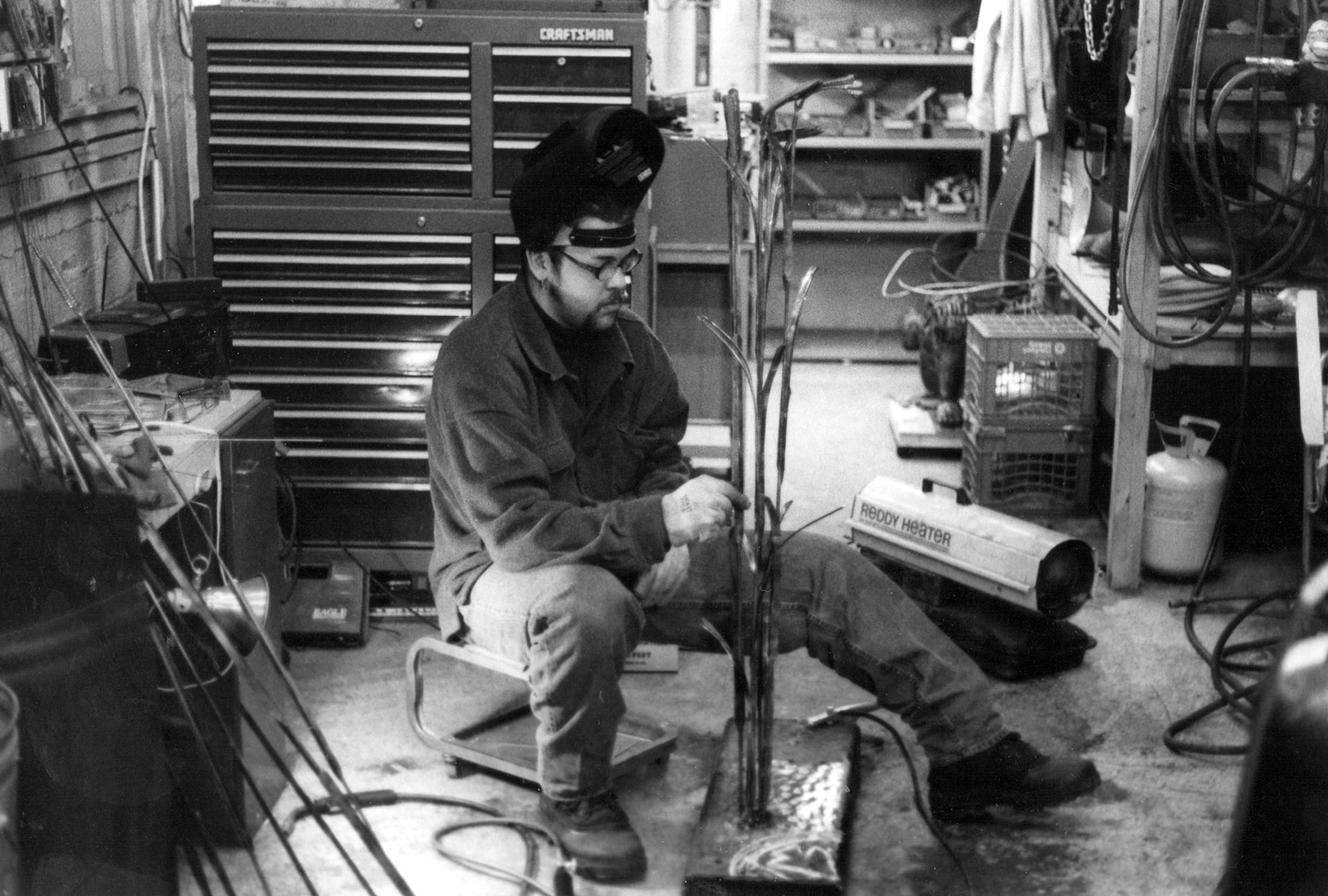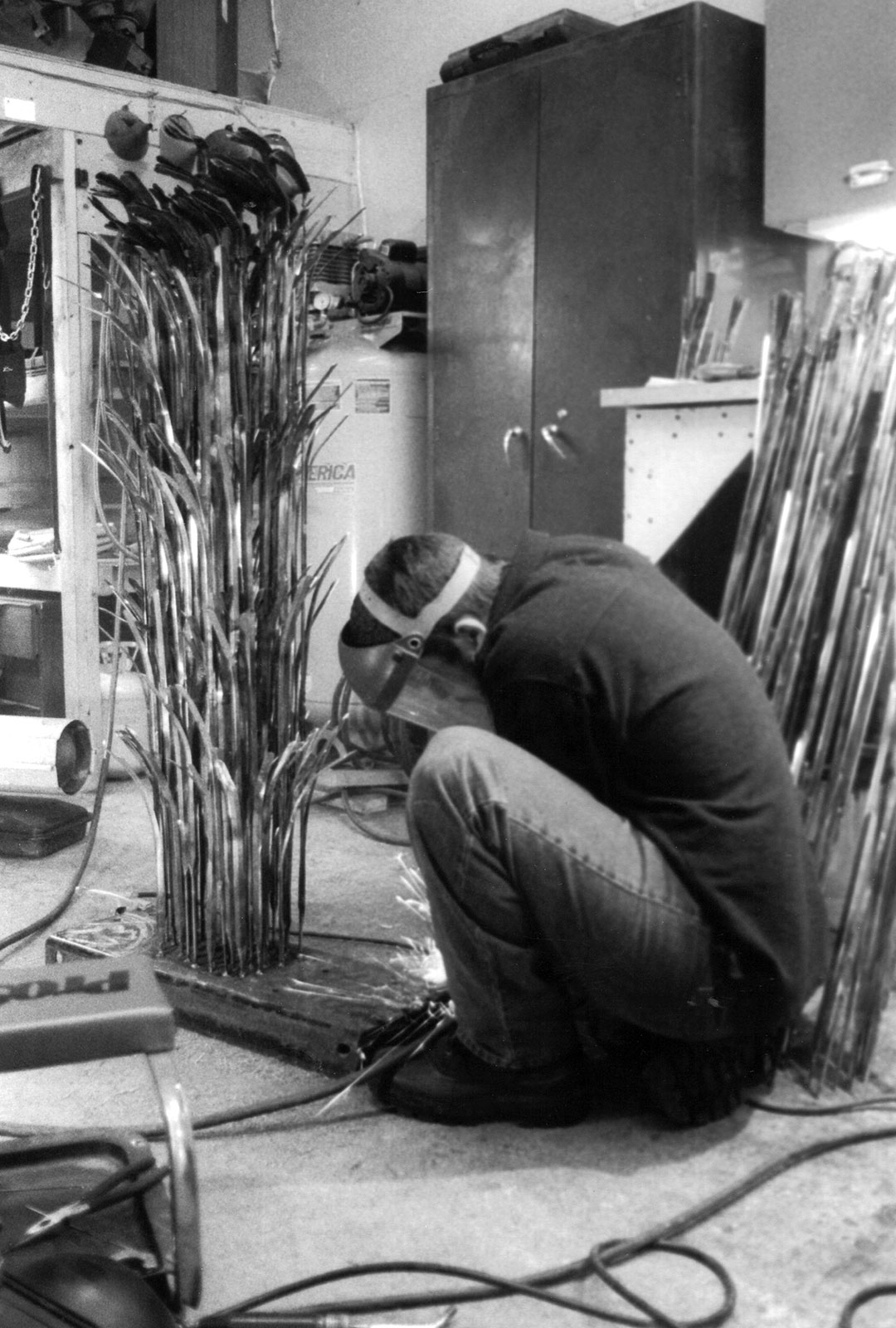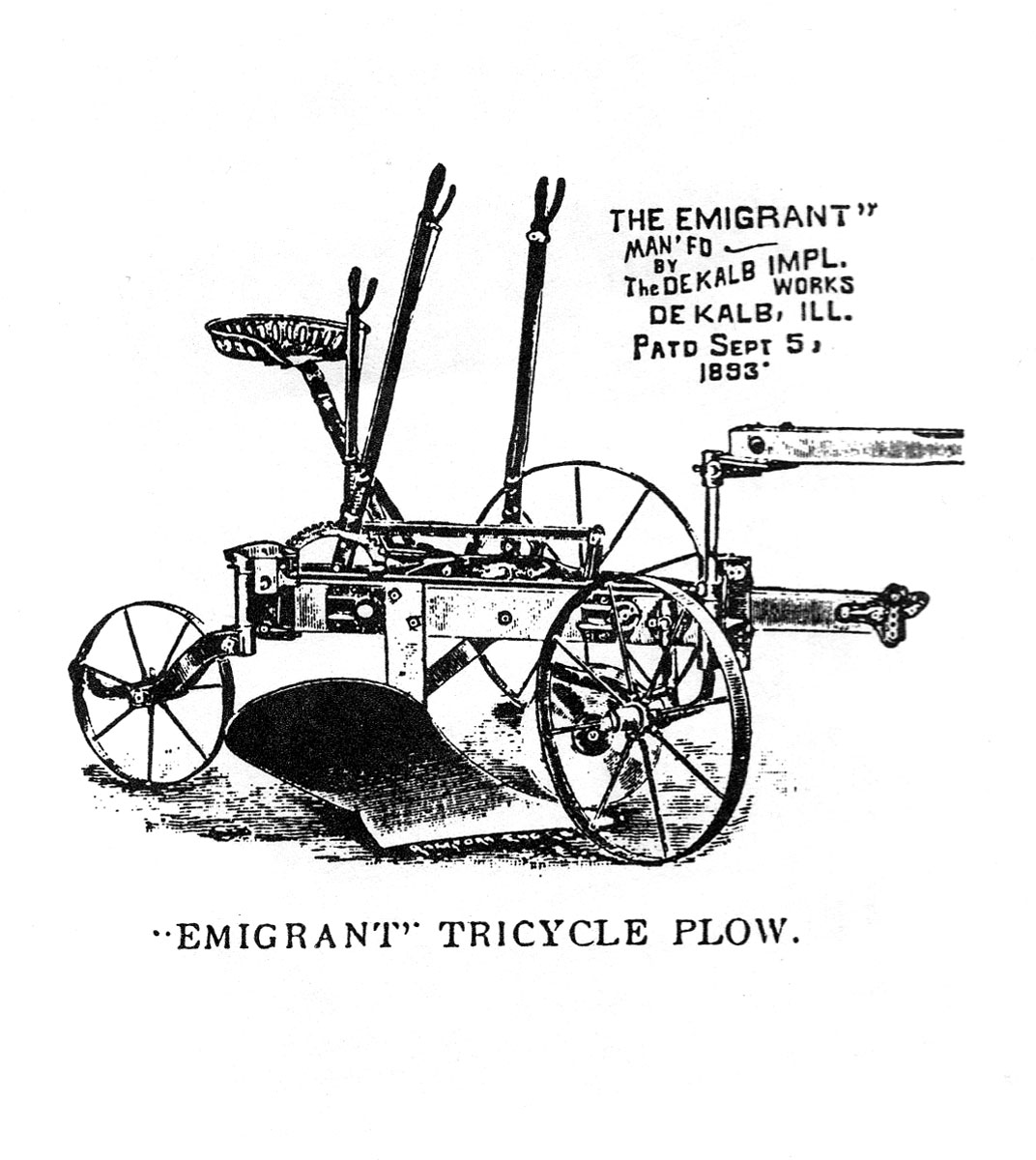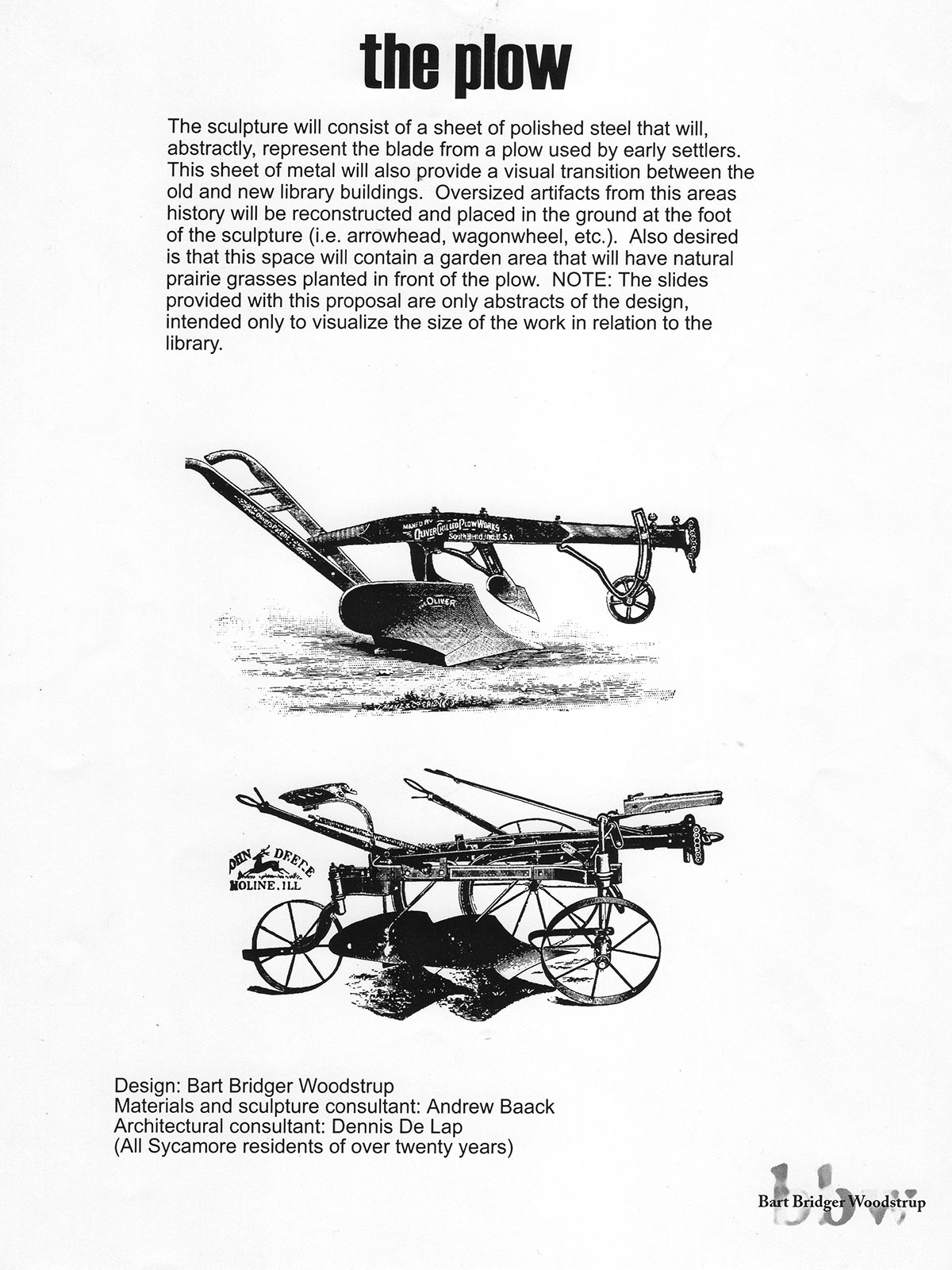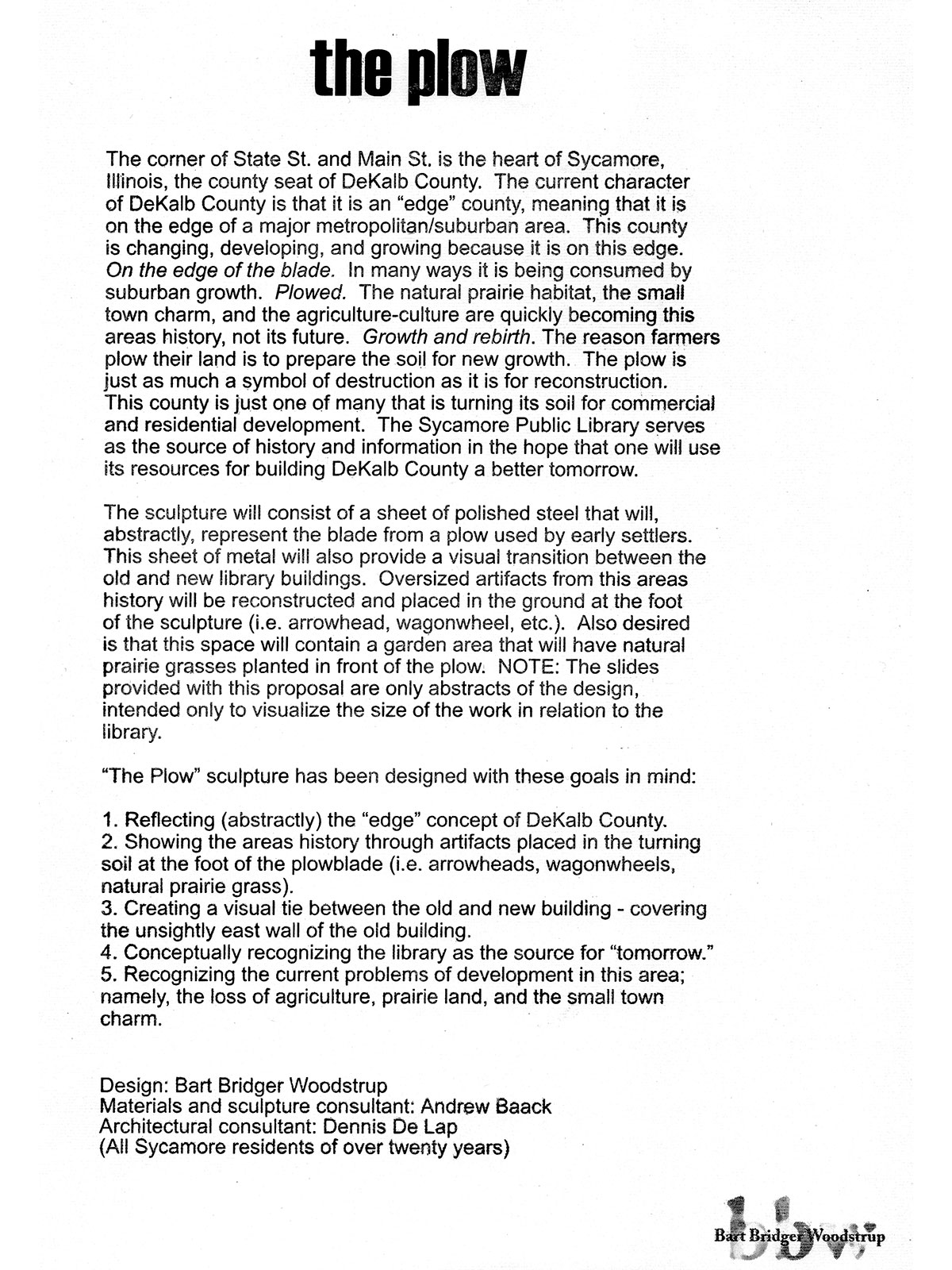The Emigrant (Andrew Baack and Bart Woodstrup, 1998) is a steel and copper sculpture created as part of the "percent for art" program when the Sycamore Public Library expanded its facility in 1995. The large, curved steel structure at the back of the installation represents an abstracted plow blade, symbolizing the turning over of a field of copper prairie grass in front of it.
The nomenclature of the sculpture reflects concerns about urban sprawl adversely impacting the agricultural landscape, especially in communities like Sycamore. The choice of "The Emigrant" symbolizes the migration of people to the town and incorporates historical significance, as the name is derived from an actual plow blade invented in the region. The blade's design, combining elements of a plow and a wave, serves as a metaphor for the influx of new inhabitants and technologies shaping Sycamore.
Creating the prairie grass was a labor-intensive endeavor undertaken between October 1997 and May 1998. Originally planning to plant actual prairie grass, the decision was made to handcraft hundreds of individual blades out of copper using a process designed by Andy.
In the front corner of the sculpture, a bronze arrowhead created by Daniel Josh pays homage to the annual Boy Scouts campout in Warren Pearson's woods. Inspired by the uncovering of arrowheads during plowing, the arrowhead serves as a poignant reminder of the injustices faced by Native Americans. The discovery of these artifacts in the soil prompts contemplation on current land-use practices and their potential impact on future generations.
Acknowledging the collaborative effort involved in creating the sculpture, individuals such as Etienne Bellan Huchery, a Frenchman studying at NIU, played a pivotal role in documenting the project and contributing to its construction. Russell Josh provided support and resources, likened to a father figure. Family members, including Ben Juday (Andy's cousin) and Jamie Tucker (Andy's brother), also played significant roles in the project's camaraderie and completion.
The hope for this project is that its embedded message resonates with others, inspiring the courage to address environmental challenges faced by the community. Conceived as a possible deterrent to hasty development, the sculpture encourages reflection on the preservation of natural landscapes amid economic pursuits.
